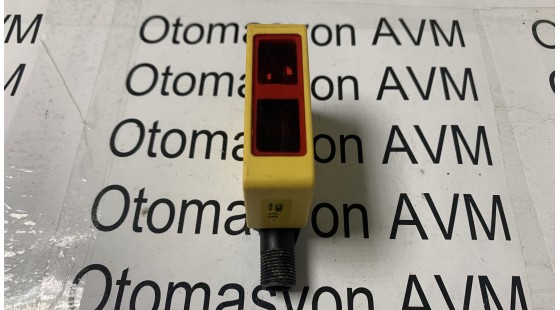Used Analog output sensors

Analog output sensors are sensors that provide continuous analog output signals proportional to the measurement. These sensors come in various shapes and sizes and are used to measure various parameters such as acceleration, pressure, light, sound, and temperature. The analog output voltage of the sensors may range from 0 to 5V, with logic high being 1 (3.5 to 5V) and logic low being 0 (0 to 3.5V).
In industrial automation and process control applications, analog output modules are used to control hydraulic actuators, solenoids, and motor starters based on analog signals. These modules use digital-to-analog converters (DAC) and signal conditioning to convert digital signals into analog signals. The resolution of these modules ranges from 12 to 16 bits, offering 0.1% accuracy over the industrial temperature range. Analog output ranges include 5V, 10V, 0-10V, 4-20 mA, and 20 mA.
Optocouplers, digital isolators, and transformers are used to provide galvanic isolation between the field side (I/O, DACs, and signal conditioning) and the bus side (controller and digital circuitry). Some systems may also require full isolation on the analog side, which requires the use of single-channel converters to maximize the isolation between channels and transformers to provide isolated power.
Traditional methods used for transferring power across an isolation barrier include a separate DC-to-DC converter, which is relatively large and expensive, or a discrete approach using transformers that are difficult to design and interface.
Analog output modules use two common architectures: one using a dedicated DAC per channel, and the other using a multichannel DAC where isolation between channels is not required. A 3- or 4-wire serial interface is used in digitally isolated systems, which reduces the required number of digital isolators or optocouplers.
There are many types of sensors that provide analog output signals. Here are some examples:
Temperature sensors: Thermistors, RTDs (resistance temperature detectors), and thermocouples are all types of temperature sensors that provide analog output signals proportional to the temperature being measured.
Pressure sensors: Pressure sensors, such as piezoresistive sensors and capacitive sensors, provide analog output signals proportional to the pressure being measured.
Accelerometers: Accelerometers are sensors that measure acceleration and provide analog output signals proportional to the acceleration.
Light sensors: Photoresistors and photodiodes are sensors that measure the amount of light and provide analog output signals proportional to the light intensity.
Sound sensors: Microphones are sensors that measure sound and provide analog output signals proportional to the sound pressure level.
Humidity sensors: Humidity sensors, such as capacitive and resistive sensors, provide analog output signals proportional to the humidity level.
Flow sensors: Flow sensors, such as thermal mass flow sensors and differential pressure flow sensors, provide analog output signals proportional to the flow rate.
Position sensors: Potentiometers, linear variable differential transformers (LVDTs), and rotary encoders are sensors that provide analog output signals proportional to the position being measured.
These are just a few examples of the many types of sensors that provide analog output signals.
Banner Q50BVUQ
Hello , Wellcome to our Banner Q50BVUQ LED-based Triangulation Measurement Sensor with a..
1.00USD Ex Tax: 1.00USD

